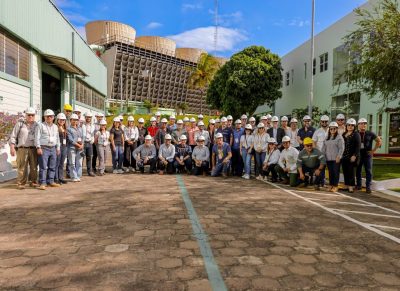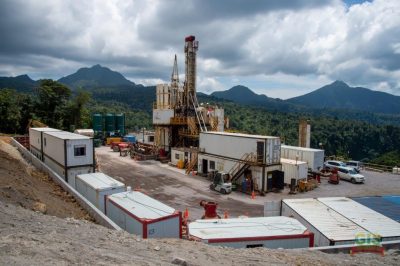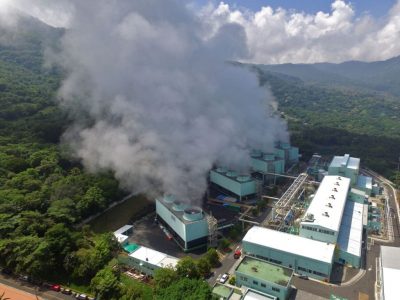Global study on success of drilling geothermal wells by IFC
The IFC has just released a great Global Study on the success of drilling geothermal wells, with great insights into success rates and average numbers for wells drilled in around 70% of all geothermal fields world-wide.
The private sector arm of the World Bank, the International Finance Corporation (IFC), has just released a report providing details on the success of drilling geothermal wells from a Global Study conducted on behalf of IFC. The report was created by IFC with input by GeothermEx.
This report presents analysis of a database of global geothermal drilling success. The database, compiled by IFC, covers geothermal fields that together supply power to 71 percent of the world’s installed geothermal electricity generating capacity, making it the largest database of its kind. This report analyzes that data to gain a better understanding of the probability of drilling a successful well, and the factors that influence such success, which will be of interest to geothermal developers, and to financers engaged in the risk assessment of such projects.
The report provides a great resource for all kinds of overviews, including the distribution of number of wells per field (majority being between 10 and 20 wells per field), distribution of well capacities (most of the wells have a capacity of between 3 and 6 MW in output), range of well depth (Majority of wells between 1,000 and 2,000 meters).
An interesting fact, talked about by Subir Sanyal of GeothermEx in a presentation back in 2011 in the U.S., is the indication of a “low probability of a field achieving a success rate of less than 40 percent across all wells drilled.”
The report also highlights the average well succes rate by project phases with a percentage of 60% in the exploration phase, around 75% in the Development phase (Feasibility) and more than 80% in the operational phase of a project.
In a key conclusion the report concludes: “The “success rate” of geothermal wells is an awkward concept. It is best represented by a calculation of the return on investment (ROI) for each well. In the absence of such data, however, a reasonable approximation might be the drilling cost of a well vs. its capacity.
No such cost data was available during the compilation of this report, however, and for the purposes of this analysis a well is assumed to be successful only if its capacity exceeds a specific threshold. In most cases this threshold is set at three MWe or higher, except in those instances where field data indicates that wells with a lower capacity remain connected to power plants.
Similarly, injection wells that have been active for a long time are also deemed to be successful wells, since a genuinely unsuccessful well is unlikely to be used as an injector in the long term.”
To download the report, see link below.
Source: IFC


















